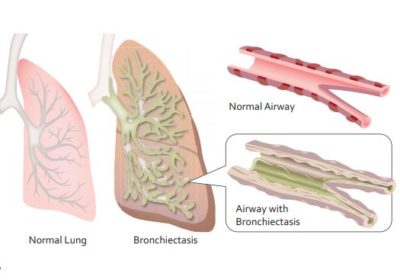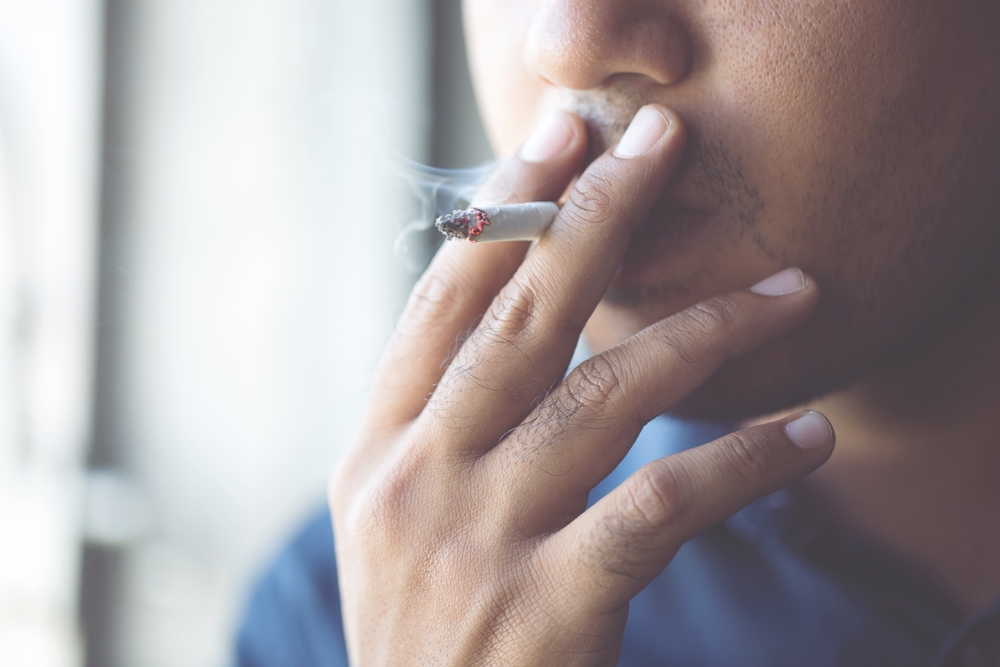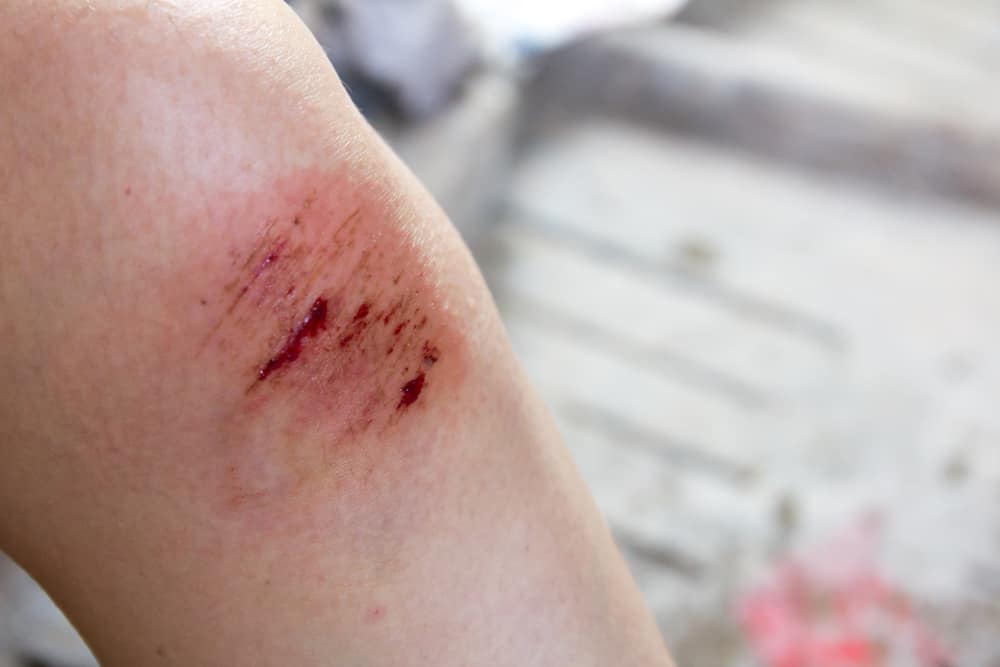Contents:
- Medical Video: What Does the Color of My Phlegm Means? Yellow, Brown, Green & More Revealed The Cause of Phlegm.
- Bronchiectasis is a lung disorder that causes prolonged coughing
- What causes bronchiectasis?
- What are the symptoms of bronchiectasis?
- How to diagnose bronchiectasis?
- How is bronchiectasis treated?
- Are there complications that can occur due to bronchiectasis?
- Is there a way to prevent bronchiectasis?
Medical Video: What Does the Color of My Phlegm Means? Yellow, Brown, Green & More Revealed The Cause of Phlegm.
So that you can move without obstacles, lung health must always be maintained. Healthy lungs can help you breathe up to 30 thousand times every day. But a poor lifestyle and various other health conditions can cause lung problems. Bronchiectasis is one of the lung problems that you must be aware of, although this condition is fairly rare. Damage due to bronchiectasis can be permanent and can be fatal. What is bronchiectasis, what are the symptoms and treatment? Here's the full information.
Bronchiectasis is a lung disorder that causes prolonged coughing

Bronchiectasis is damage that makes the airways (bronchi) widen, soften, and thicken abnormally so that the lungs have difficulty cleaning mucus. The airways are tubes that carry air in and out of the lungs.
When the pulmonary airways are filled with mucus, you will experience persistent coughing with excessive amounts of phlegm. Over time, this condition will increase the risk of lung infection and inflammation because phlegm buildup is the ideal environment for germs and viruses to multiply.
Bronchiectasis is a permanent condition that is recurrent. So, handling this disease is more focused on preventing infection.
What causes bronchiectasis?
Causes of bronchiectasis are infections or medical conditions, such as pneumonia or cystic fibrosis, which can cause injury or permanent changes in the airways (bronchi). Pneumonia and cystic fibrosis cause excessive production of lung mucus - the ideal home for viruses and infectious bacteria to multiply. Cystic fibrosis in the lungs will also cause repeated infections.
In addition, several other causes of bronchiectasis are:
- Weak body resistance
- Autoimmune disease
- Chronic obstructive pulmonary disease (COPD)
- 1-antitrypsin deficiency
- HIV
- Allergic aspergilosis (pulmonary allergic reaction to fungi)
- Has a history of pulmonary infection or is experiencing a lung infection, such as tuberculosis
However, as many as 40% of cases of bronchiectasis are unknown.
What are the symptoms of bronchiectasis?
Symptoms that commonly occur due to bronchiectasis are:
- Prolonged cough (coughing every day that occurs for months or years.
- Coughing up a lot of phlegm every day
- Bleeding cough
- Abnormal breath sounds (wheezing)
- Hard to breathe
- Pain in the chest
- Weight loss
- Fatigue
- Thickening of the skin under the nails and feet
- Recurrent respiratory tract infections
These symptoms usually develop over time and get worse. Many people who suffer from bronchiectasis even experience recurrent bronchitis or pneumonia.
How to diagnose bronchiectasis?
The diagnosis of bronchiectasis involves a physical examination and a complete blood test to find out if there is an infection in the body. The doctor will also listen to your lungs to check for abnormal sounds or airway obstruction.
Other tests performed are:
- Sputum test, to check for viruses, fungi or bacteria in sputum samples.
- Chest X-ray or CT scan to see the condition of your lungs.
- Lung function tests to find out how well air flows into the lungs.
- GuantilFERON blood test or pure protein derivative (PPD) skin test to check for tuberculosis infection.
- Sweat test to detect cystic fibrosis.
How is bronchiectasis treated?
Bronchiectasis is a chronic condition where there is no cure, but the symptoms can be controlled with a number of treatments such as physiotherapy and drugs, including antibiotics and drugs to dilute phlegm mucus. With treatment, you can usually lead a normal life.
Physiotherapy commonly used to treat bronchiectasis is rehabilitation of pulmonary function, oxygen therapy, and the use of special vests to help clear mucus in the lungs. You might also get a vaccine to prevent respiratory infections.
If bleeding occurs in the lungs, the doctor will perform an operation to get rid of the infected area.
Are there complications that can occur due to bronchiectasis?
In some cases, bronchiectasis can cause complications called massive hemoptysis. Massive hemoptysis is a condition of large amounts of blood coughing. Symptoms of massive hemoptysis include:
- Cough more than 100 ml (equivalent to one third of canned drinks) of blood within 24 hours
- Difficulty breathing due to blood blocking the airways
- Feeling dizzy, and cold and sweaty skin.
Massive hemoptysis includes an emergency condition. Immediately call an ambulance or go to the emergency room to the nearest hospital if you experience symptoms.
Is there a way to prevent bronchiectasis?
To prevent bronchiectasis, it is very important to prevent lung infections and damage in the lungs.
Perform vaccines as children for measles and whooping cough to prevent infections associated with lung disease. Avoid toxic fumes, gases, and other harmful substances that can also damage the lungs.
If when children experience a lung infection, treatment of infection must be correct and resolved thoroughly to maintain the function of their lungs and prevent lung damage in the future.












